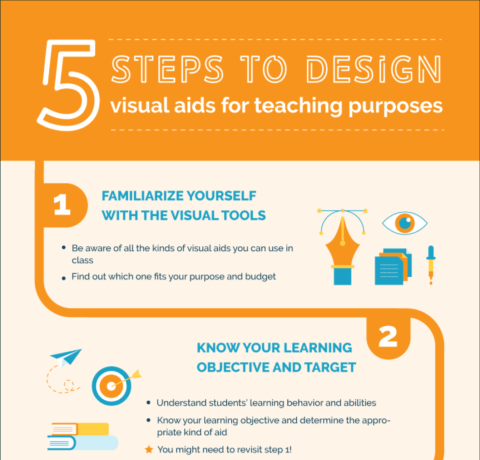Top 5 Do’s & Don’ts of Teaching Infographic
As the one profession that makes all other professions possible, teaching is a very challenging job and requires a great amount of patience, mindfulness, compassion and commitment. Accompanied with unique frustrations, teaching is not an easy job as many would assume. Teachers usually have to play many roles in the classroom and show many different faces to enhance the student learning environment. The Top 5 Do’s & Don’ts of Teaching Infographic will help you make time in class more effective and enjoy the numerous rewards of teaching.
DO’s of Teaching
- Move around the class: Effective use of space in the classroom helps you to develop your presence as a teacher and to effectively manage student behaviour.
- Try non-verbal cues: Non-verbal cues can help you make positive impressions and gain students’ trust. The use of eye contact is considered the most powerful method of non-verbal communication.
- Introduce structure to your classroom: Providing structure in the classroom is a key component for successful teachers. Students feel safer in a structured class and that helps in maximising learning opportunities.
- Control your emotions: Shouting is a normal reaction for every teacher, however controlling your voice and using it wisely can effectively encourage pupils to behave better.
- Always plan ahead: Planning ahead will help you maintain your sanity and most importantly will allow students to enjoy a stress-free learning environment.
DON'Ts of Teaching
- Don’t send your pupils to the head: Doing so could have negative effects on how students feel about you. It can weaken your influence in the classroom.
- Don’t let pupils shout out answers: Clearly explain to your students how and why hand-raising is beneficial and fair for everyone in the classroom.
- Don’t make tests too difficult: If the whole classroom underperforms on a hard test, students might assume that your teaching isn’t efficient.
- Don’t try to be their friend: This is a line teachers shouldn’t cross as the outcome might be very complicated. For example, if a student assumes he/she is your friend they might also assume that you are equals in the classroom.
- Don’t dress casually: Not looking professional is risky as students might not treat you as a teacher if you don’t look like it.
Webanywhere have developed School Jotter, an online learning platform for schools that makes teachers’ lives easier in many ways. It comes with a range of educational tools to help you take your teaching to the next level.







You can adjust your cookie preferences here.